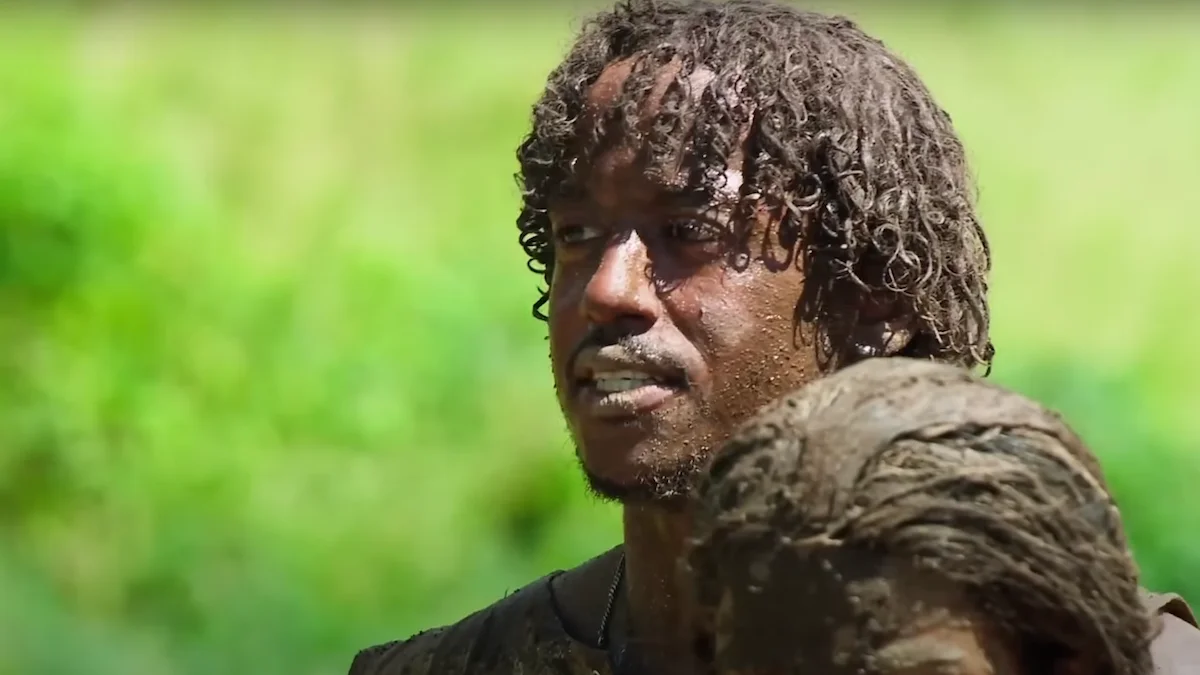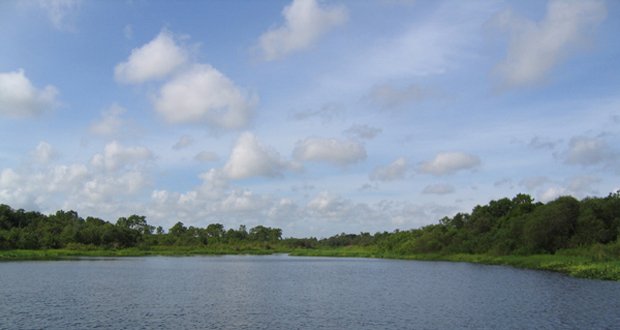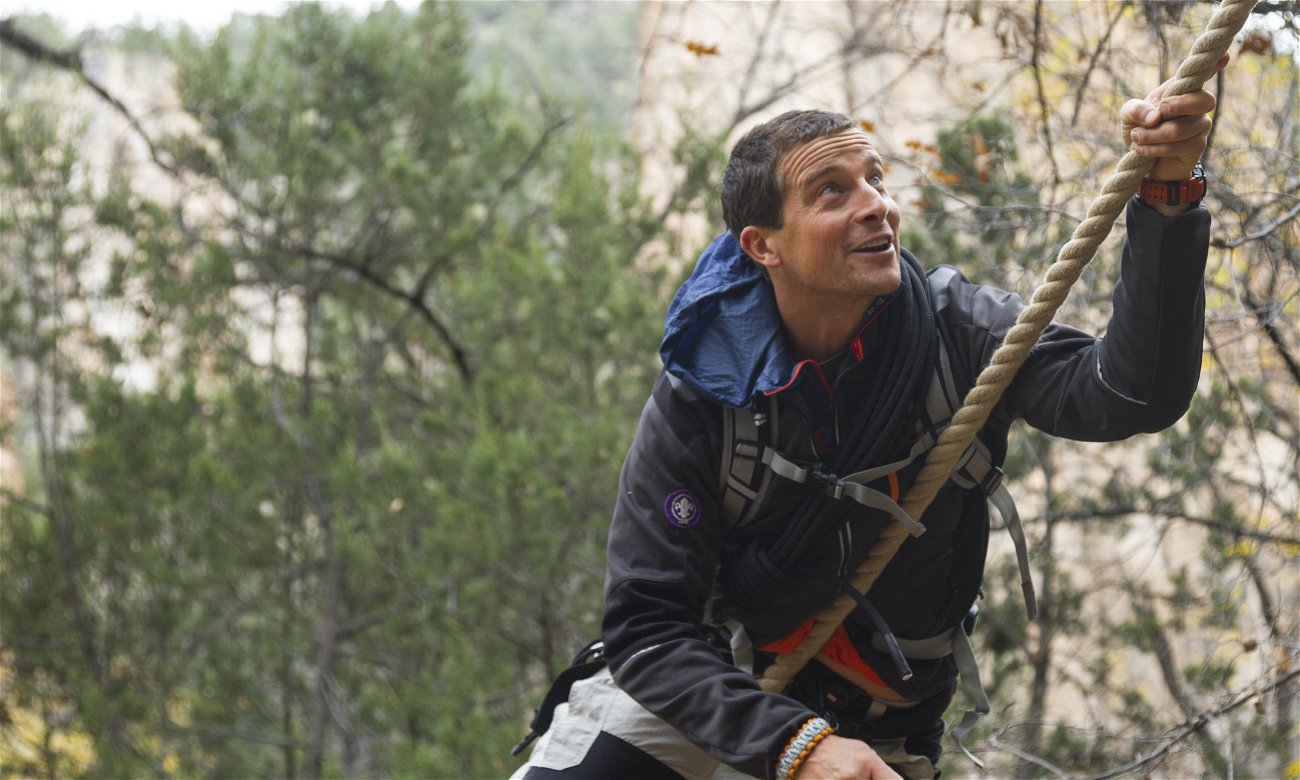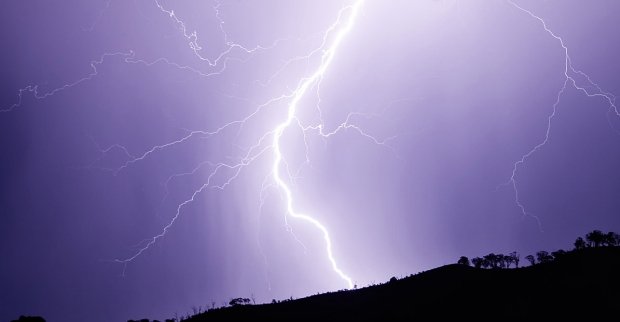Bear Grylls has encountered – and fought off – snakes in all types of habitats around the world, from jungles and swamps to deserts and even the sea. Most snakes are not poisonous but some species have enough venom to cause serious injury or even death (a producer on Bear’s TV show had to have surgery after being bitten by a fer-de-lance in Costa Rica).
Videos by Outdoors
Instead of being afraid of snakes though, Bear suggests a better understanding of how they operate. “Most snakes are shy and want to avoid you, but some can be aggressive and may attack without warning,” says Bear in Bear Grylls Survival Camp, The Ultimate All-Terrain Training Manual. Stay clear of these sometimes-fatal snakes, if you can:
United States

- Coral snake
- Rattlesnake
- Cottonmouth (also known as water moccasin)
- Copperhead
Australasia:

- Tiger snake
- Australian Brown snake
- Taipan
- Death Adder
Central and South America:
- Tropical rattlesnake
- Fer-de-lance
- Bushmaster

Africa and Asia
- Cobra (especially King cobra)
- Mamba (especially Black mamba)
- Coral snake

Step One: Don’t Get Bitten in the First Place
One of the best ways to avoid a bite is to stomp on the ground when you’re walking – or swing your walking poles into the brush around you as you move. Snakes are sensitive to vibrations, so this warns them to move away. However, make sure you are not stomping on a snake as you go (surprise!), and always check the other side of a log before you step over it.
Snakes like to hang out in warm places in cold climes, and cooler places in hot environments. So never put your hands or feet into a dark space, under a rock, into a rock crevice or log (or even into your boots in the morning), without probing the area first with a stick.
Snakes often move and hunt at night – so also try to avoid traveling from dusk through dark. If you hear a snake, freeze until you work out where it is, and then slowly walk backwards away from it. “Don’t turn your back on it, as this may well cause it to strike,” says Bear.
If You Do Get Bitten by a Snake: Follow These Rules
Not all snakes are poisonous, and if you are bitten, not all venomous snakes will have actually injected you with their poison (how kind!). If you are unlucky enough to get sustain a bite, here is what to do next:
Don’t
- First of all, don’t panic – try to avoid increasing your heartbeat, which will spread the venom.
- Don’t wash the bite, since any venom left on your skin might help medical professionals identify the snake.
- Don’t try to bleed or suck the poison out.
Do
- Stay still – keeping as motionless as possible slows your circulation and slows the spread of any venom. If there is someone with you, ask them to get help.
- Apply a wide pressure bandage over the entire limb.
- Lower the limb – by keeping the bite below the rest of your body, you will also slow the spread of the venom.
- If you don’t know what kind of snake but you, try to remember what it looks like so that you can get the correct antivenom.
- Drink lots of water.
How to Kill a Snake Humanely
“Many species of snake are endangered, but if you have to kill a snake… your best bet is to break its back with a heavy stick or club,” says Bear.
Try to break its back as close to the neck as possible. Aim for just below the snake’s head, and used a forked stick to hold the head still. Cut off the head – being very careful as dead snakes can still bite.










Mr.Bear Grills i just want tosay thank you for saving my life. I would love and hope to GOD to see you some day. After GOD I’m so grateful to you. I’m a missionary in Guatemala. May the Lord always protect you
Do not lower your limb..elevate it to reduce swelling..
Source: National Snake Bite support group moderated by envenomation doctors on FB.
What about in Canada? We have biting snakes too.